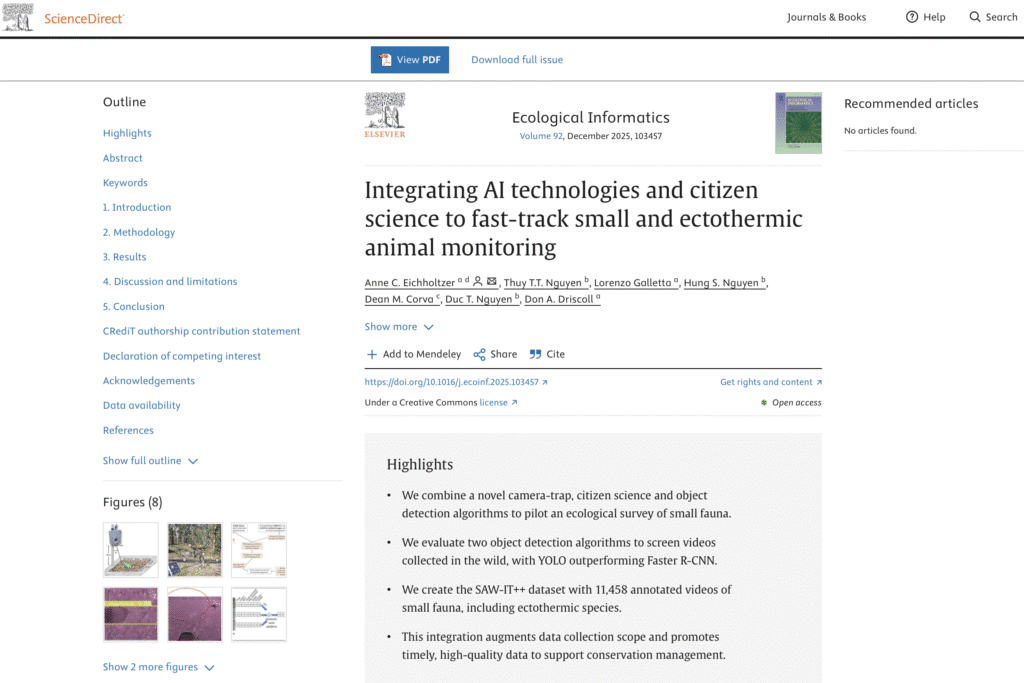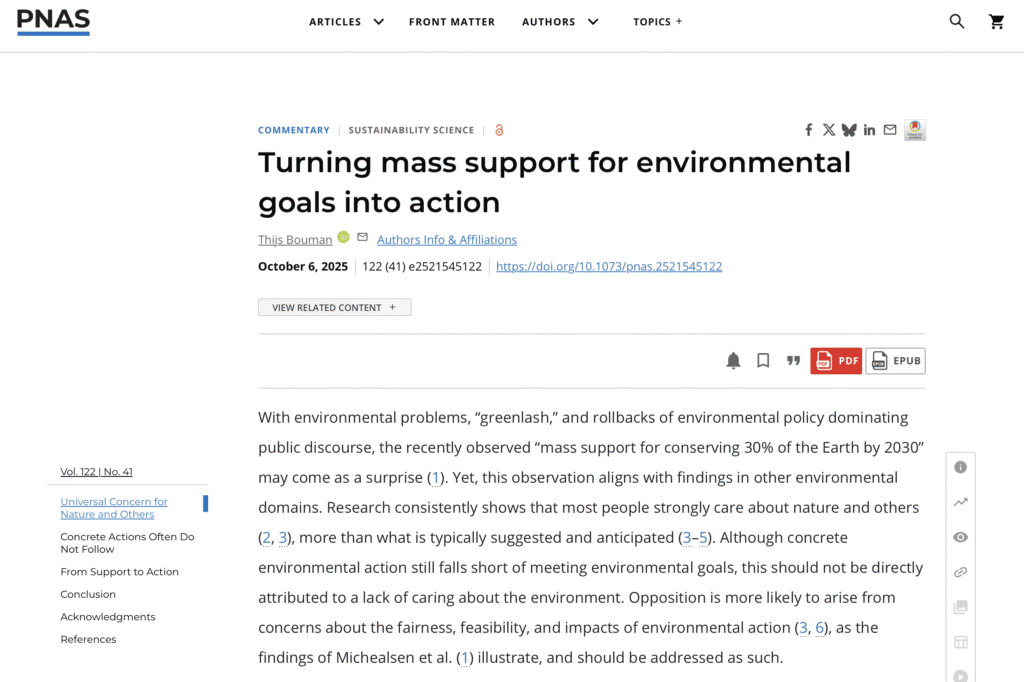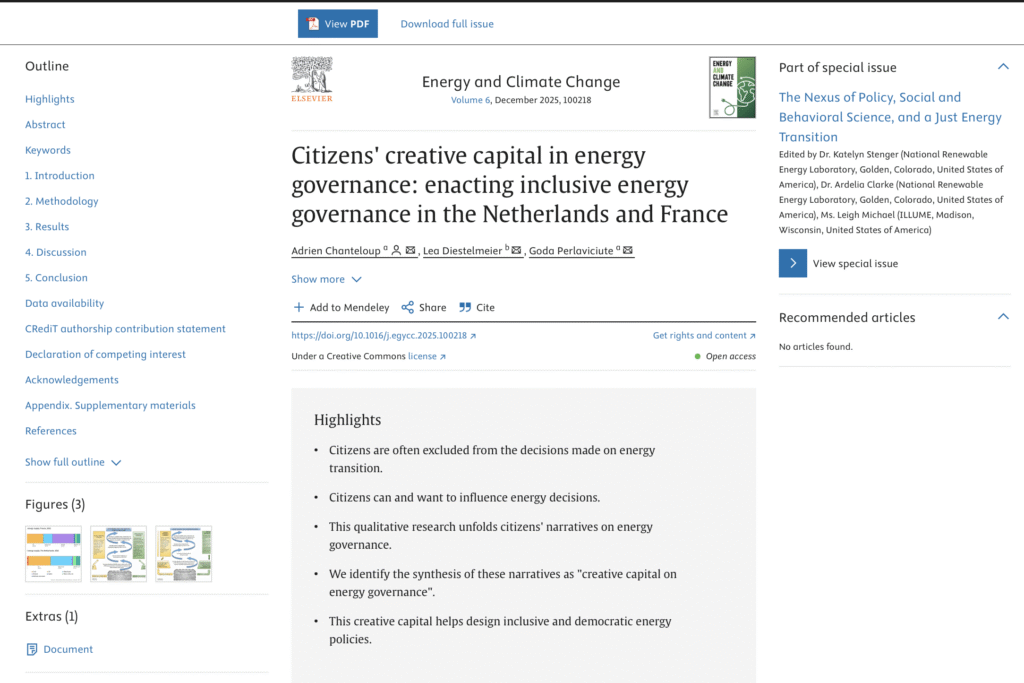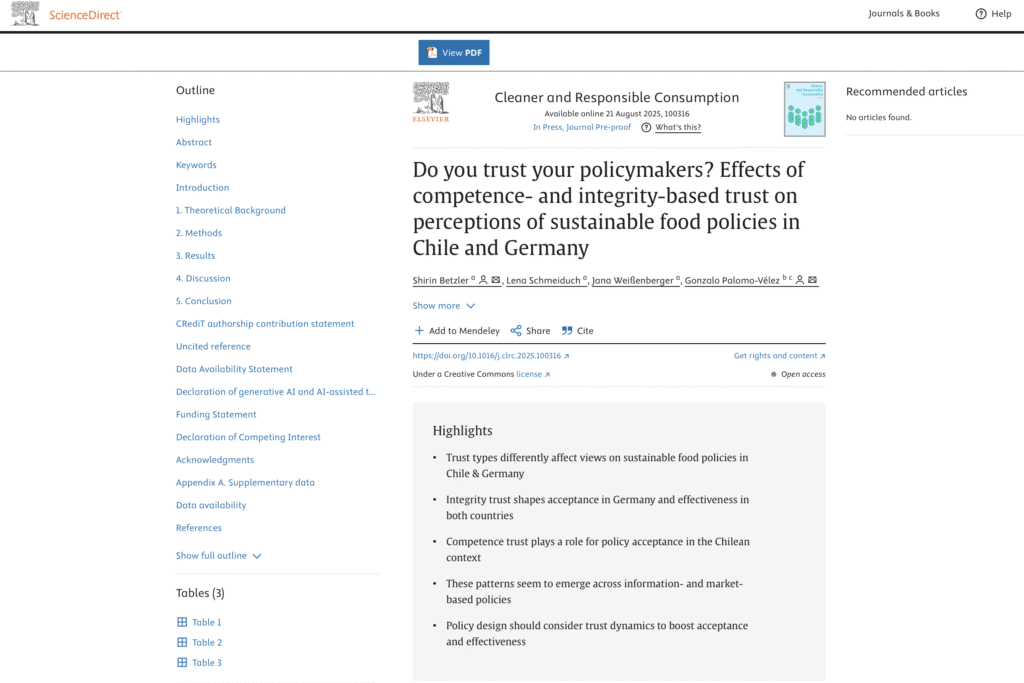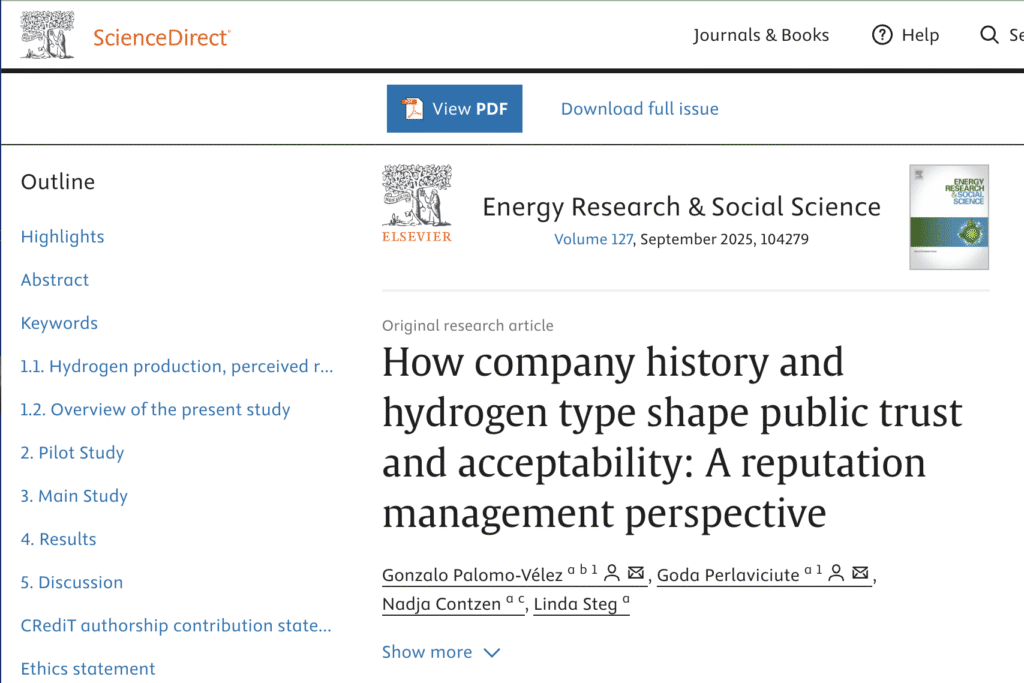Abstract
Small ectothermic animals like reptiles, amphibians or arthropods, play crucial roles in ecosystems but face many conservation challenges and remain comparatively under-studied. More efficient monitoring for these species is needed to improve ecological understanding and support conservation efforts. Camera traps and machine learning have become important tools to enhance wildlife monitoring and streamline data processing, but their application for the study of ectothermic animals is still in its early stages. Most wildlife camera traps cannot reliably detect ectotherms, and the application of algorithms to automatically detect and identify small, cryptic species remains limited.
In this paper, we combined citizen science and new technologies to enhance data collection and screening in a pilot ecological study on small fauna. For seven months, twenty seven (27) video camera-traps collected a large dataset focused on small fauna, including ectothermic species. The cameras were deployed with the help of citizen scientists, who also assisted in video annotations. We evaluated the performances of two object detection algorithms (Faster R-CNN and YOLOv5) for screening the videos collected. We found that YOLOv5 performed better; successfully detecting animals in 89 % of videos containing fauna and filtering out 96 % of videos without animals (e.g. triggered by shadows or moving vegetation).
We created SAW-IT++, an annotated video dataset containing 11,458 videos of frogs (28,7 %), lizards (6,8 %), birds (30,3 %), small mammals (10,1 %), scorpions (2,7 %) and spiders (16,1 %). The screened dataset was used for occupancy analysis, accounting for detection. It revealed dispersal limitations in a frog species, and landscape-scale dependence on water in a forest bird species. Using an inferential approach, we estimated that, on average, only a small number of cameras (< 5) deployed for a month was required per site for a detection probability above 95 % for most common taxa included in the analysis.
Our study demonstrates a scalable solution to fast-track widespread monitoring of small and ectothermic animals. The combination of citizen science with novel video-traps and AI data processing expands the scope of ecological projects and ensures timely delivery of high-quality data. This combination is particularly relevant for under-studied species, where affordable and efficient monitoring efforts are essential to address knowledge gaps and inform conservation management in the face of rapid and extreme global change.
Integrating AI technologies and citizen science to fast-track small and ectothermic animal monitoring
Anne C. Eichholtzer, Thuy T.T. Nguyen, Lorenzo Galletta, Hung S. Nguyen, Dean M. Corva, Duc T. Nguyen, Don A. Driscoll
October 2025
Ecological Informatics
https://doi.org/10.1016/j.ecoinf.2025.103457
Anne C. Eichholtzer, Thuy T.T. Nguyen, Lorenzo Galletta, Hung S. Nguyen, Dean M. Corva, Duc T. Nguyen, Don A. Driscoll
